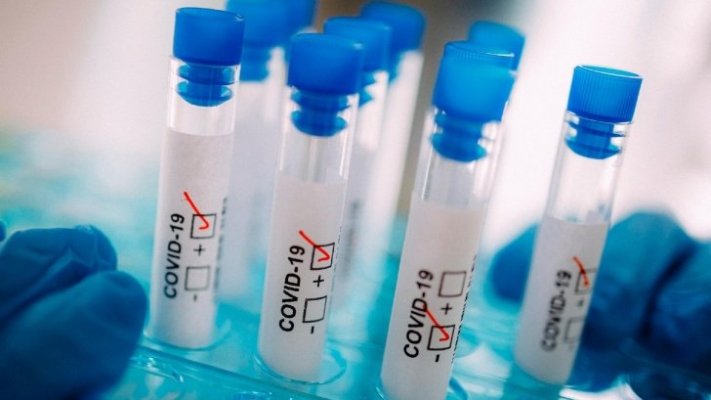The delta variant is 60% more transmissible, is twice as likely to take a person to hospital, but vaccines have proven effective in preventing serious illness, revealed microbiologist João Paulo Gomes, citing data from British authorities.
Speaking to Lusa, the specialist from the National Health Institute Doctor Ricardo Jorge (INSA) cites studies carried out by British researchers (the delta variant has a prevalence of around 90% in England) and data from the British health authority that indicate that delta is 60% more transmissible than the alpha variant (known initially as the UK) and is twice as likely to take the person to hospital, but stresses that the vaccination results "are promising and encouraging".
"With two doses of the vaccine [AstraZeneca], the protection provided against hospitalization is in the order of 92%", said the expert, adding: "Whoever has full vaccination, this degree of protection against hospitalization is in the order of 92% a 96% [Pfizer vaccine], which is excellent».
"The watchword is to vaccinate," he insisted.
According to the most recent situation report on the genetic diversity of SARS-CoV-2 in Portugal, released by the INSA, the delta variant, initially associated with India, had "a galloping increase" in relative frequency at the national level, passing from 4% in May to 55,6% in June, but its distribution “is still very heterogeneous between regions”.
According to INSA, the distribution of the delta variant varies between 3,2% (Azores) and 94,5% (Alentejo), but, taking into account the trend observed between May and June, «it is expected that this variant will become dominant in all national territory during the coming weeks».
Of the total delta variant sequences analyzed to date, 46 have the additional K417N mutation in the Spike protein, the institute says.
However, he stresses, about 50% of these cases are restricted to just two local transmission chains, which suggests that their community circulation is still limited, with the relative frequency of this profile (Delta+K417N) in the national sample June of 2,3%.



















Comments